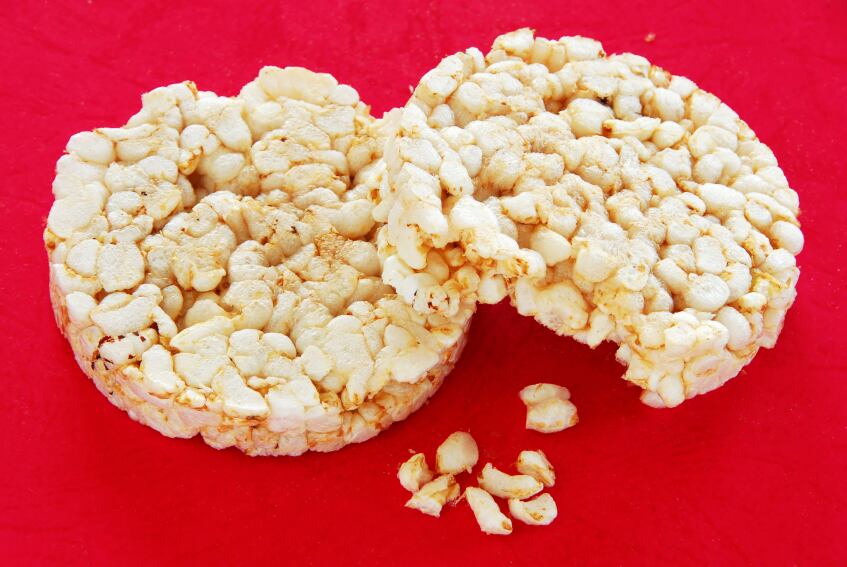The findings reveal that among infants who were breast-fed or formula-fed before and after weaning, those that were formula-fed had a higher concentration of arsenic in their urine.
Non-dairy formulas which includes rice-fortified formulas suited to infants with dietary requirements were particularly high in the toxic chemical, which has been linked to impaired physical and mental development.
“This research has shown direct evidence that babies are exposed to illegal levels of arsenic despite the EU regulation to specifically address this health challenge,” said Dr Andrew Meharg, lead study author and professor of Plant and Soil Sciences at Queen's University, Belfast.
“Babies are particularly vulnerable to the damaging effects of arsenic that can prevent the healthy development of a baby's growth, IQ and immune system to name but a few."
Little appears to have improved from Dr Meharg’s previous findings, which found dangerously high levels of inorganic arsenic (i-As) in food, especially in rice and rice-based products.
Calls for regulatory limits passed into law in January 2016, when the EU imposed a maximum limit of i-As on manufacturers in a bid to lessen these associated health risks.
However, these latest findings have implications for parents, who use rice and rice-based products during weaning and to feed young children, due to its nutritional value and low allergic potential.
Product and urine analysis

The pre-weaning infants included in the study consisted of 41 girls and 38 boys, born in 2015, who were either breastfed (20 infants), formula fed (32), or a mixture of both methods (27).
Information regarding pre-weaning infants’ rice-based formula consumption was not available.
The pre-weaning urine samples were collected from infants with a range of 3.4 (1.3–6.7) months old.
Mothers confirmed that 91% of these infants consumed rice or any rice-based product as part of their weaning diet.
The second part of the study also saw the team analyse 13 baby rice products, 29 rice crackers/cakes and 31 rice cereal samples belonging to 9 popular commercial brands or manufacturers.
Results indicated that urine samples from post-weaning infants had higher i-As concentrations 1.6-fold higher than that for the pre-weaning urine paired samples.
Up to 73% (42 products) of baby rice and rice crackers specifically marketed for children exceeded the maximum i-As level of 0.1 milligrams per kilogram (mg/kg), ranging from 0.055 to 0.177 mg/kg.
When rice cereals were included in the calculations, more than half of the rice-based products dataset analysed in this study (56%; 73 products) exceeded the maximum i-As standard with a median of 0.104 mg/kg.
In summary, almost 80% of the rice crackers, 61% of the baby rice, and 32% of the rice cereals exceeded the maximum i-As level established for rice destined for the production of food for infants and young children.
"Manufacturers should be held accountable for selling products that are not meeting the required EU standard,” Dr Meharg said.
“Companies should publish the levels of arsenic in their products to prevent those with illegal amounts from being sold. This will enable consumers to make an informed decision, aware of any risks associated before consuming products containing arsenic."
Percolating procedure
Previous research led by Dr Meharg explained how a simple process of percolating rice could remove up to 85% of arsenic, which he believed was a technique baby food manufacturers should be adopting.
"Simple measures can be taken to dramatically reduce the arsenic in these products so there is no excuse for manufacturers to be selling baby food products with such harmful levels of this carcinogenic substance,” he said.
In response, The British Specialist Nutrition Association, an organisation representing manufacturers of foods for children under three, said members’ products would pass the EU arsenic levels if they were tested now.
They pointed out that products under scrutiny in the study were purchased in February 2016 - a month after the new policy came into effect.
“There have been no validated reports of children or babies becoming ill from the very small amounts of arsenic found in these products,” they added.
“The safety of products is the top priority for BSNA members. Manufacturers carefully select and rigorously check all their raw materials to ensure they are safe and strictly compliant with current food safety regulations.”
Source: Plos One
Published online ahead of print: doi.org/10.1371/journal.pone.0176923
“Levels of infants’ urinary arsenic metabolites related to formula feeding and weaning with rice products exceeding the EU inorganic arsenic standard.”
Authors: Andrew Meharg et al.
